Let me take you by the hand
...in the words of Ralph McTellHave you ever wondered while wandering the streets of London, where some of the unusual street names originate from?
I must admit I certainly have, and the City of London where I worked for 27 years has some of the strangest, I’ve ever seen.
So, my curiosity got the better of me, and I dug a little deeper, into some of the City of London’s quirkier street names.
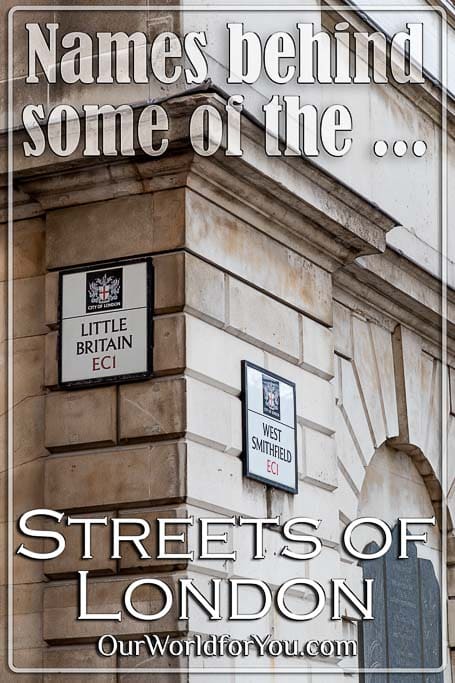
Savage Gardens

We have a little book on our shelves that we sometimes delve into when we're about to hit an area of London.
Packed full of historical facts, and broken down into the different regions of London, it's a great resource to help you see what's hidden in plain sight.
Available in Kindle & Hardback editions, it's an excellent addition to anyone's collection who loves London.
Pope’s Head Alley
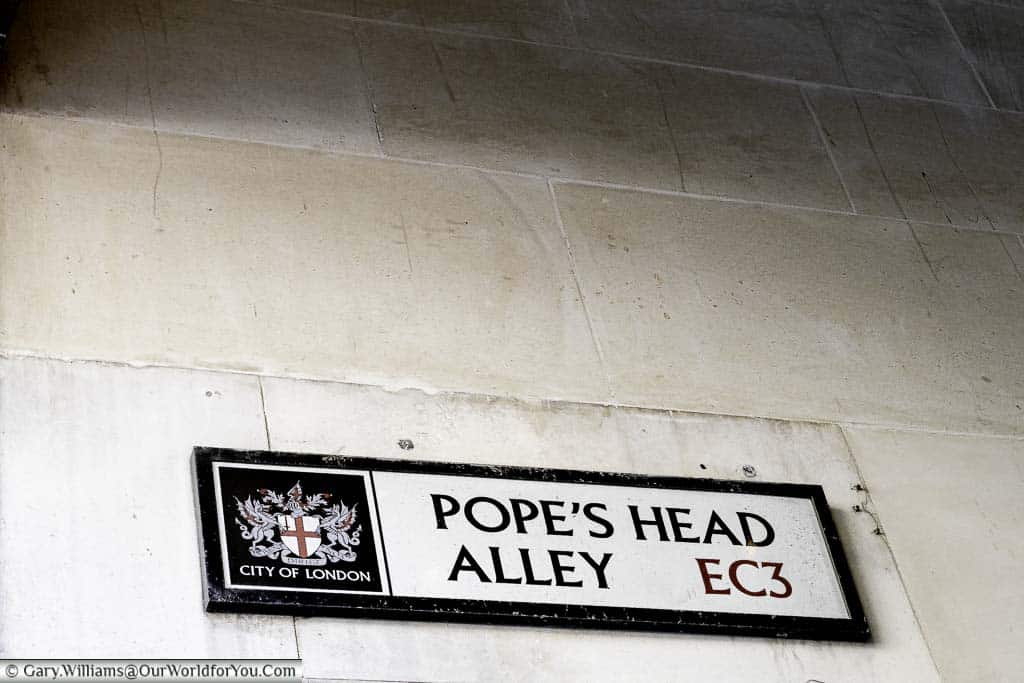
Cornhill
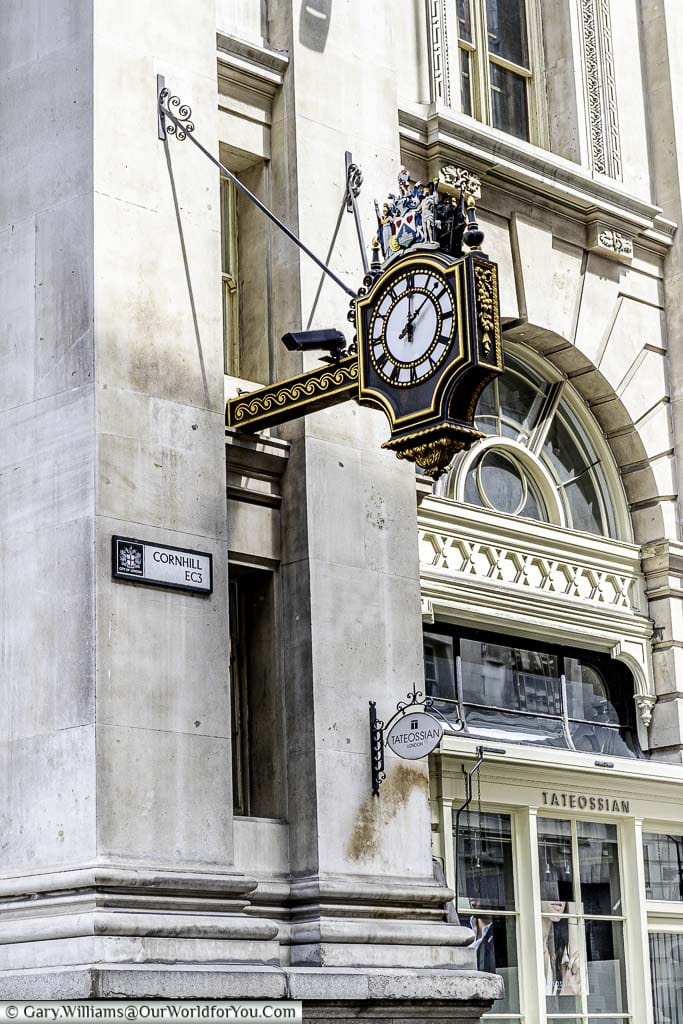
Chancery Lane
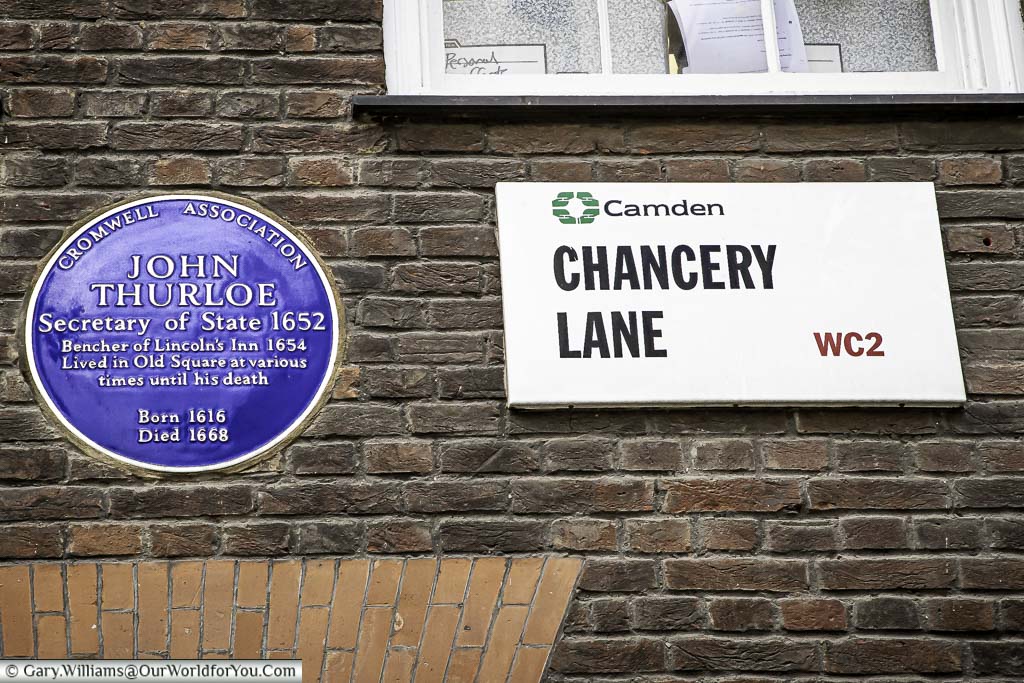
What’s with the Blue Plaques?
Bow Lane and Bow Churchyard
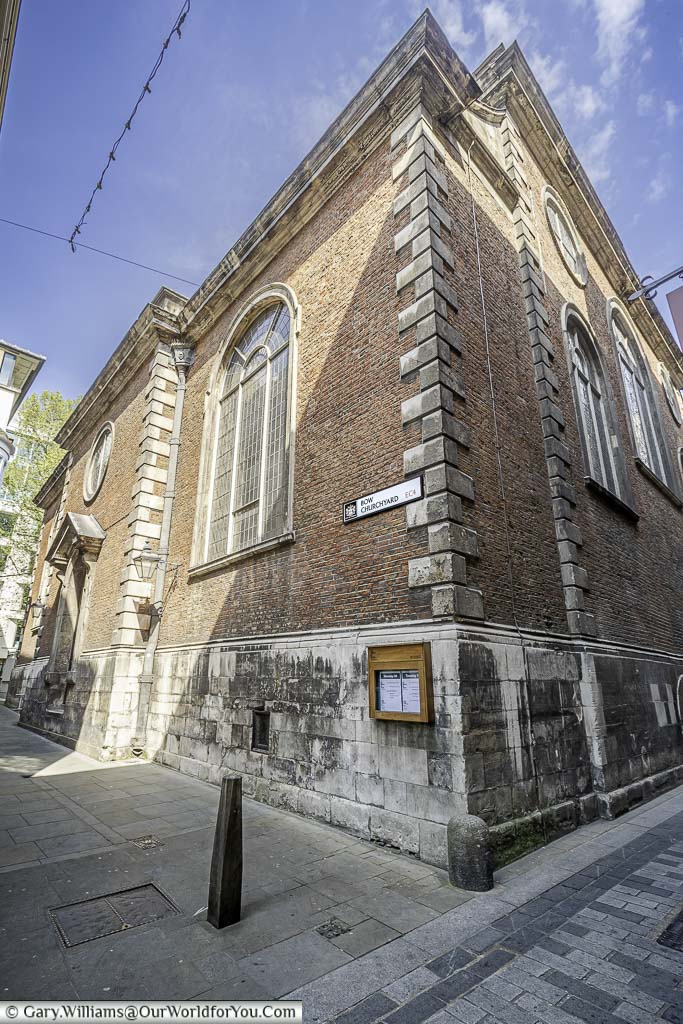
This historic church was rebuilt by Sir Christopher Wren due to the Great Fire of London in 1666.
According to London tradition to be a true Cockney you must be born within earshot of the sound of Bow Bells.
Austin Friars
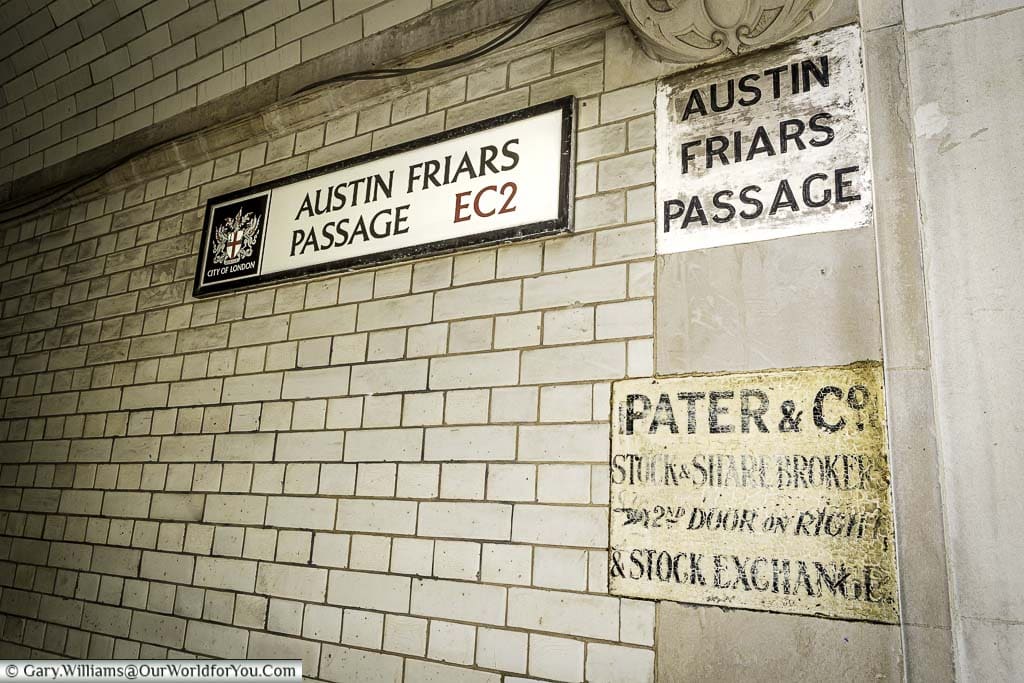
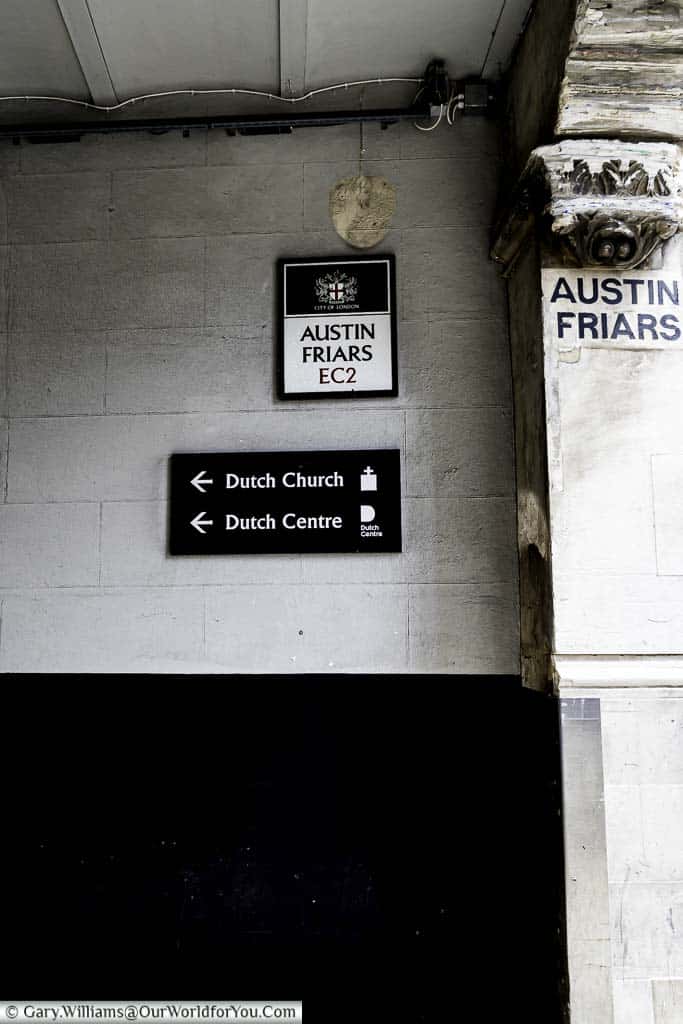
Where to stay in London
If you want to stay in the heart of the financial district then why not choose the Leonardo Royal London St Paul’s (formerly Grange St. Paul’s), as we did? A short hop from Bank.
There are plenty of choices, why not check out Booking.com for something that suits your requirements?
Threadneedle Street

Cloth Court
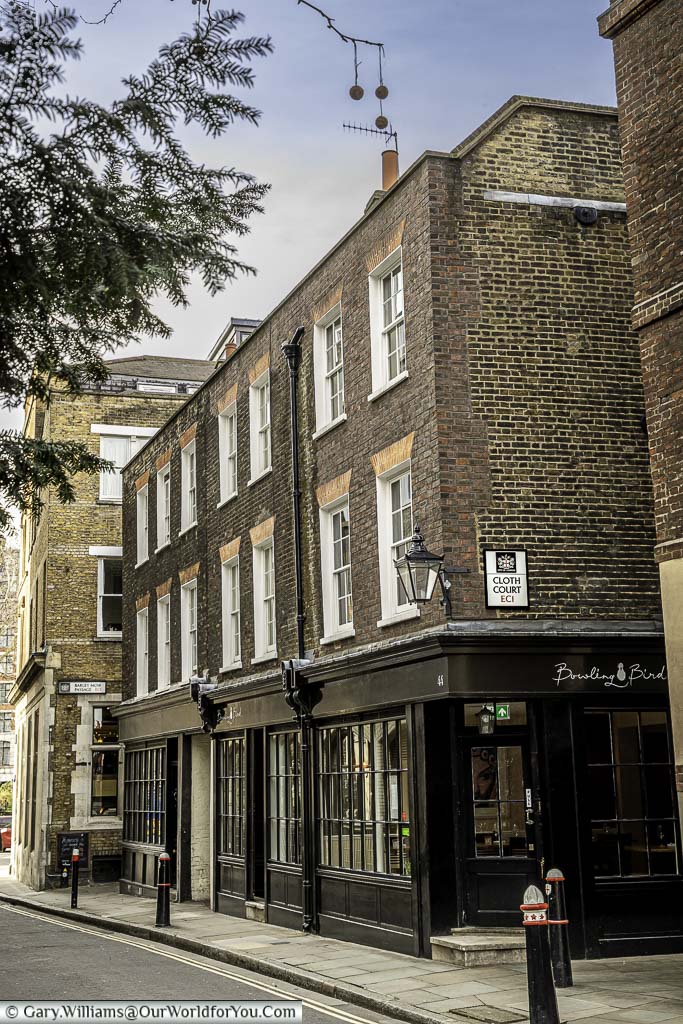
The fair was for the woollen and drapery industries, with Italian and Flemish cloth merchants.
There’s so much history just within this small region of London, take a look at my Smithfield post.
How strange!
Little Britain
Little Britain got its name from the Dukes of Brittany who built a house here in the 15th century. From 1575 – 1725 there were mostly booksellers on the street until they all moved to Paternoster Row where it was free to sell books.
Little Britain is also mentioned in Charles Dickens' novel Great Expectations as the location of Jaggers', Pip's surly lawyer office.
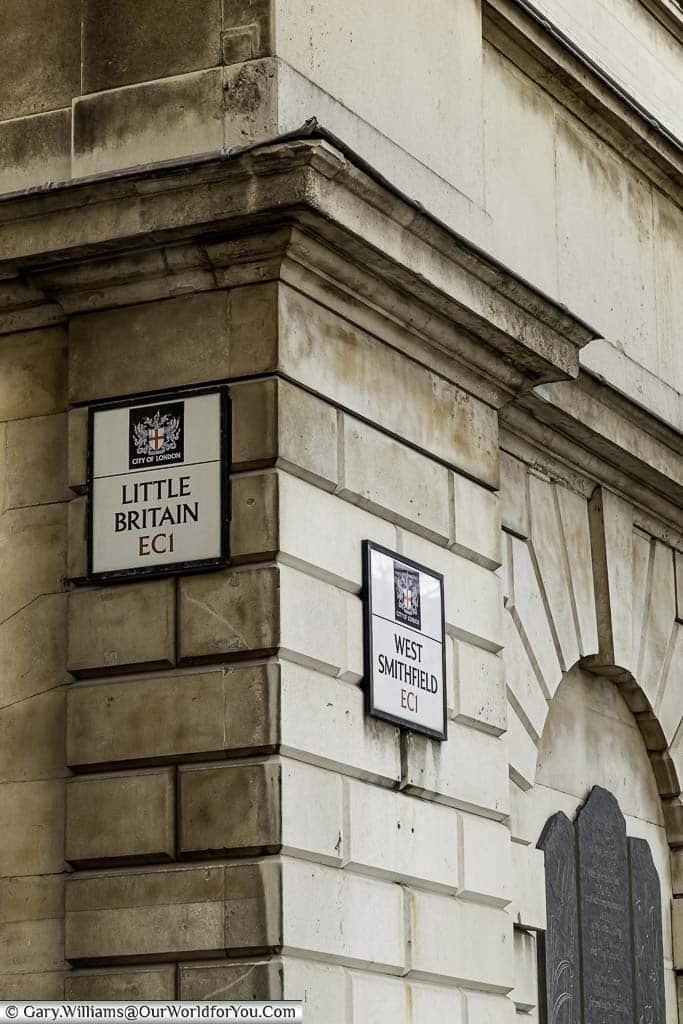
Cock Lane
Cock Lane in EC1 doesn’t have a very upbeat history, as it is thought to be named after cockfighting and cock breeding that formerly occurred here.
Although just on the corner with Cock Lane is the “Golden Boy of Pye Corner”.
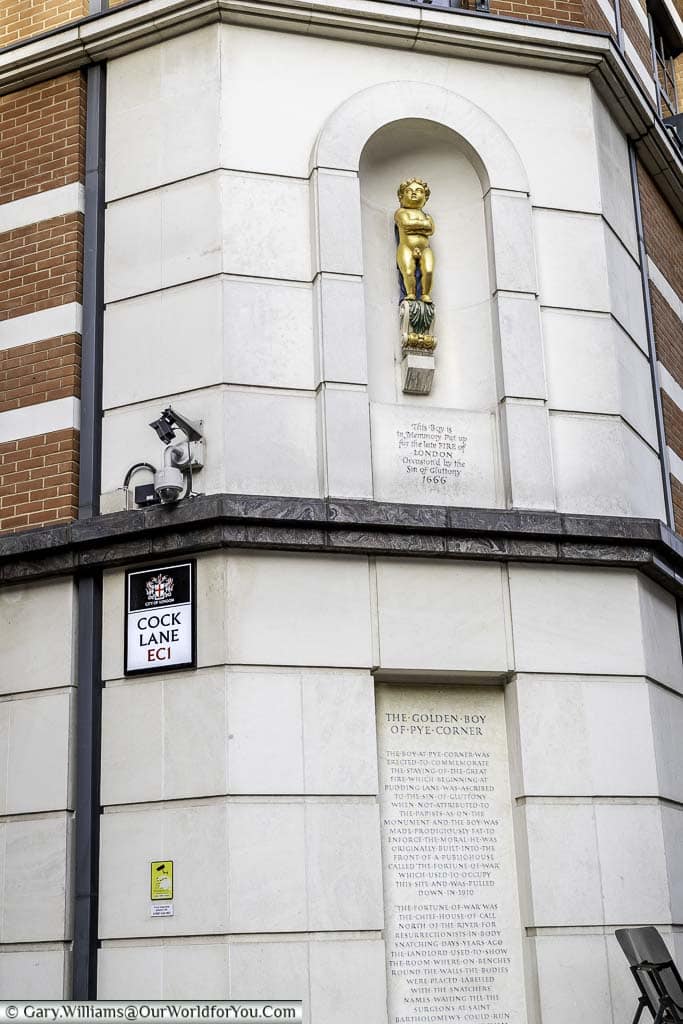
This golden memorial was erected in memory of the Great Fire of London in 1666. It is ascribed to the Sin of Gluttony.
The Golden Boy once sat above the “Fortune of War” pub, which was pulled down in 1910.
Pudding Lane
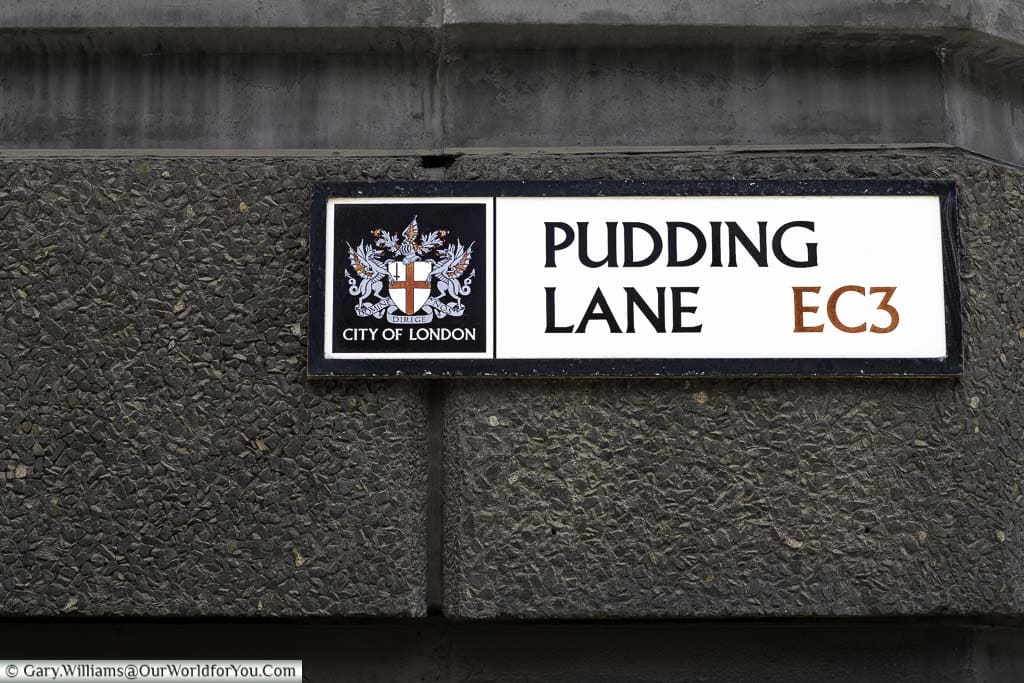
If you've yet to discover London and its ancient history, then let's start planning. I find these DK Eyewitness Travel Guides invaluable. They're extremely informative, easy to follow, and the pictures and maps tempt you into discovering more of those fascinating sites.
You can now grab a recently revised copy of this guidebook, so you won't miss a thing.
Change Alley

Tube Station Walks
We love to explore London on foot; a great way to break it into bite-sized pieces is to pick an underground station.
Why not browse our posts on tube station walks to find out what we uncovered in different districts?
Watling Street
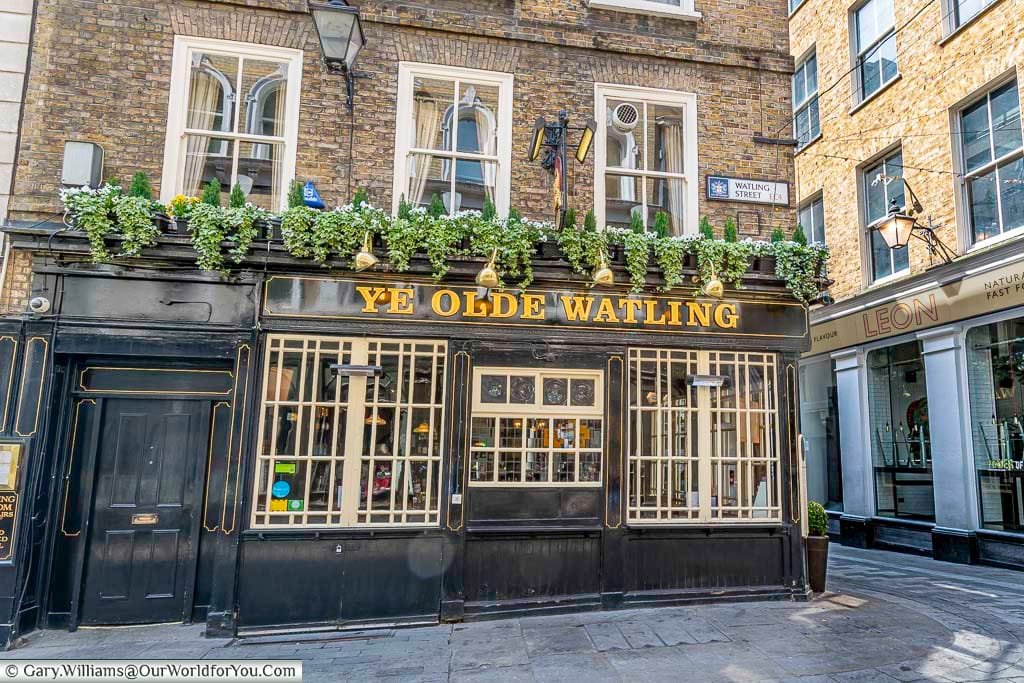
Passing Alley
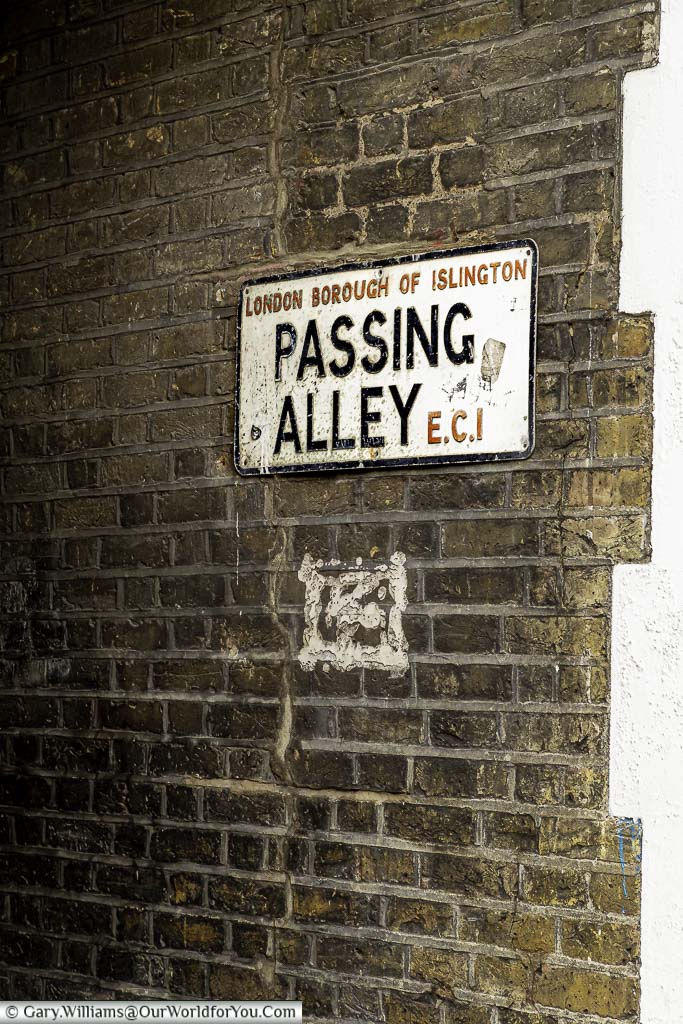
However, the Victorians changed its name to Passing Alley.
This is another interesting part of the City of London, take a look at our Clerkenwell post, for little more, behind the scenes.
Jerusalem Passage

I understand it has been called Jerusalem Passage since the 17th-century.
It was named after the St. John of Jerusalem tavern which up to 1720 was at the northeast corner of the lane.
Explore London on foot
French Ordinary Court
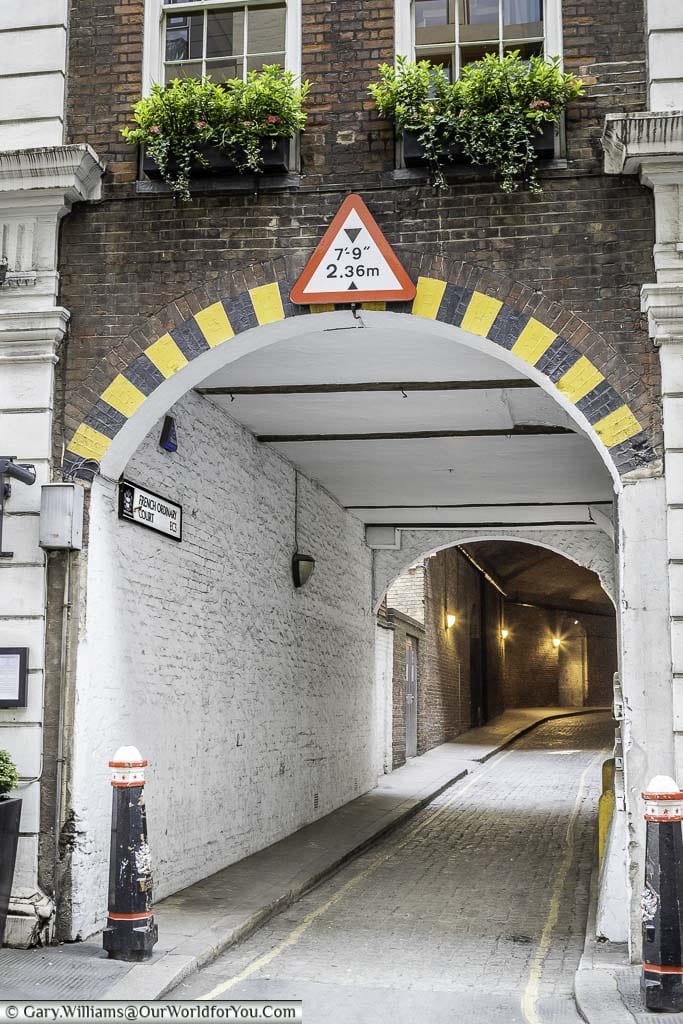
The ‘ordinary’ part refers to a ‘cheap eating place’, which were common during the 17th & 18th centuries and served meals that all cost the same price.
A French-style Ordinary stood on the site of the court in EC3.
Friday Street

How to get there
* This post may contain links to affiliated sites where we earn a small commission at no additional charge to you.
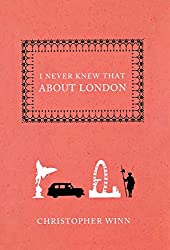
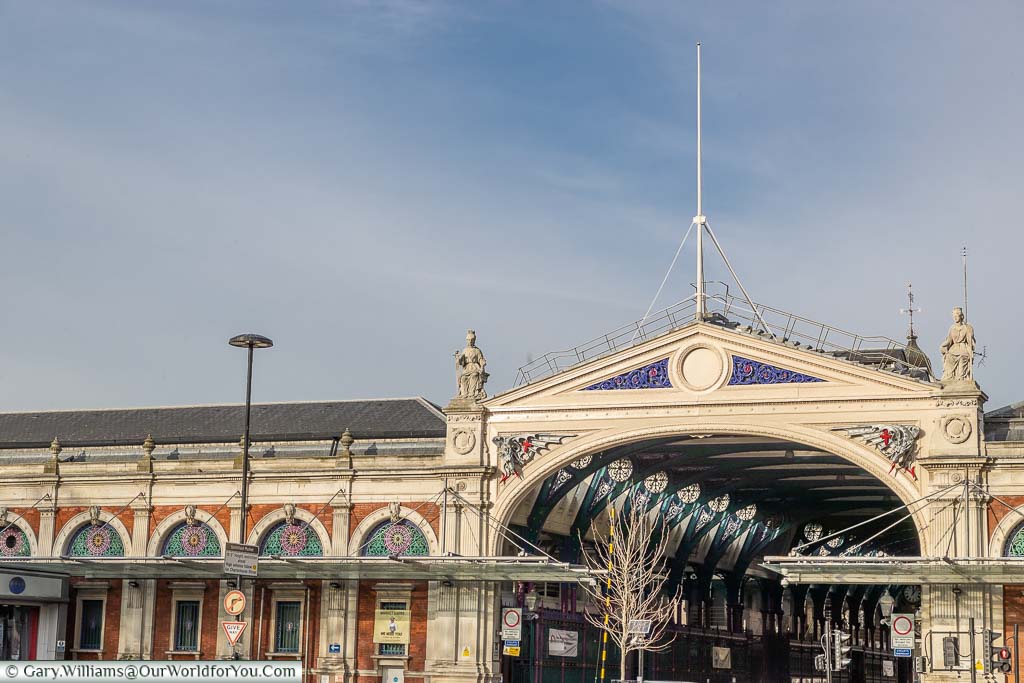
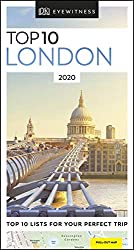
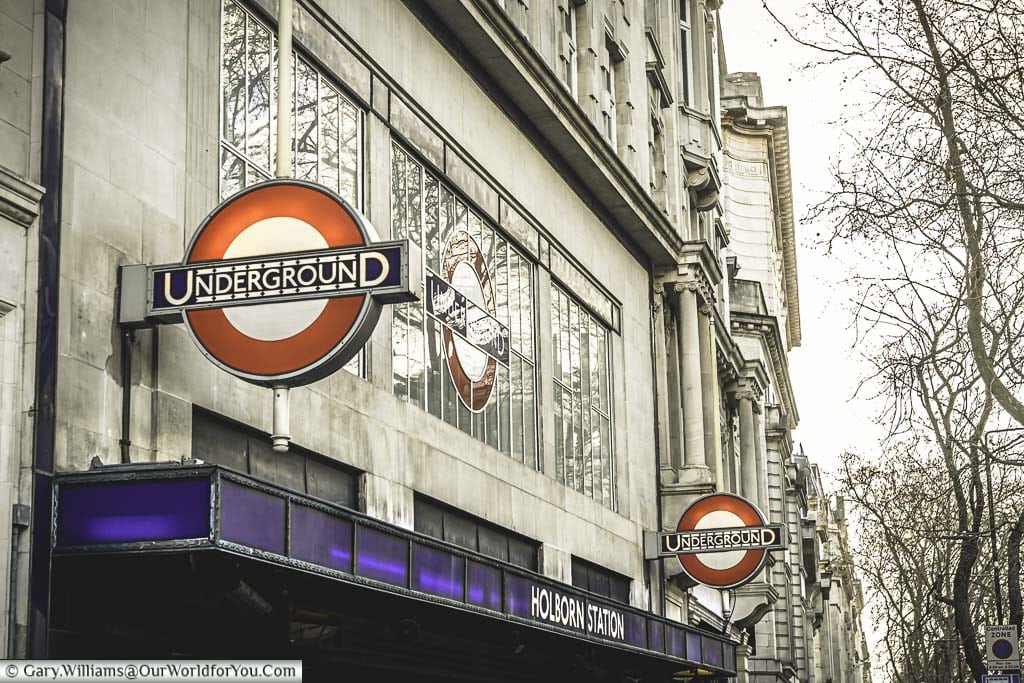
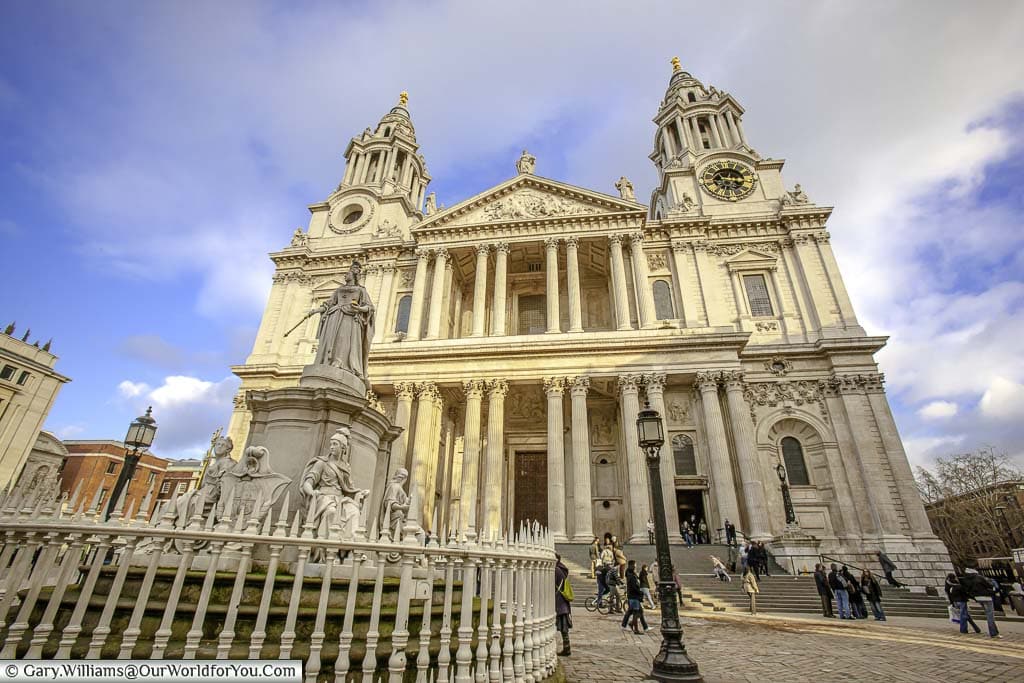
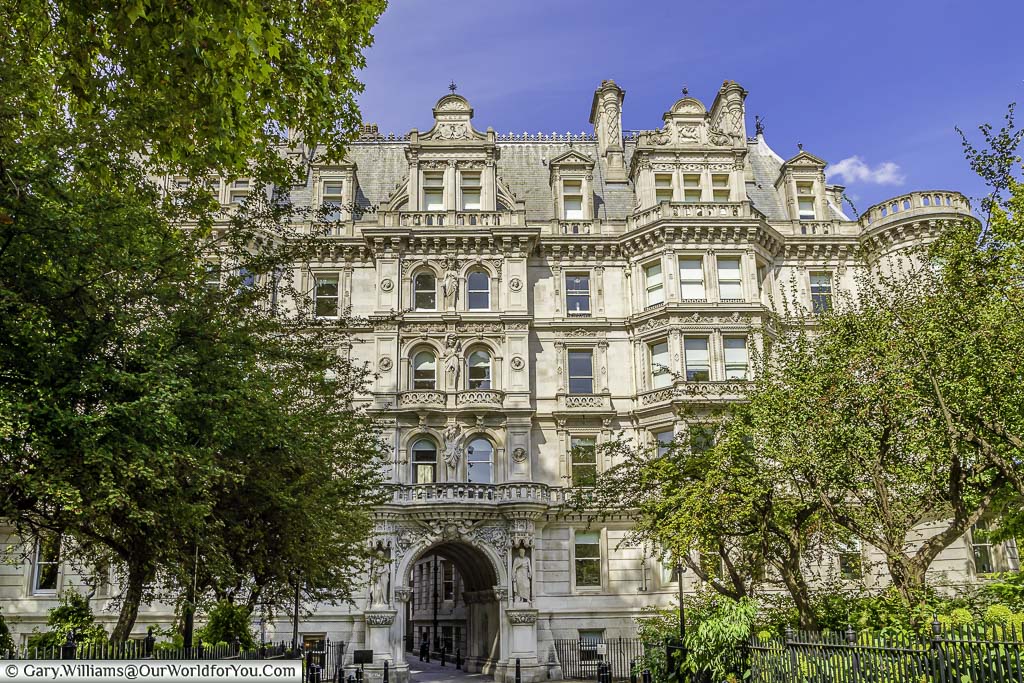
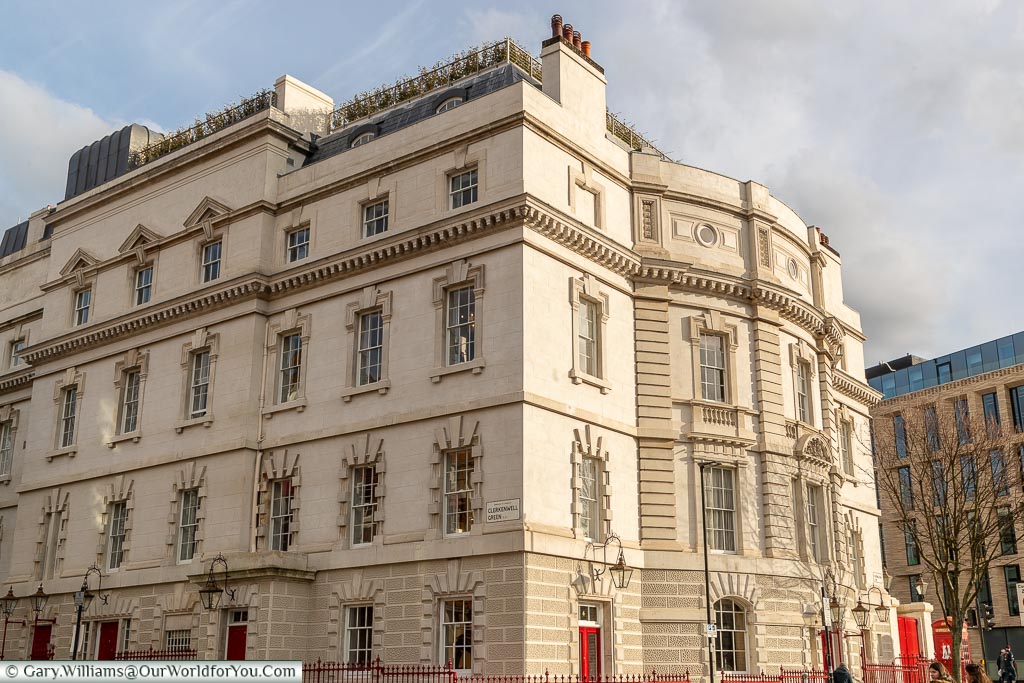

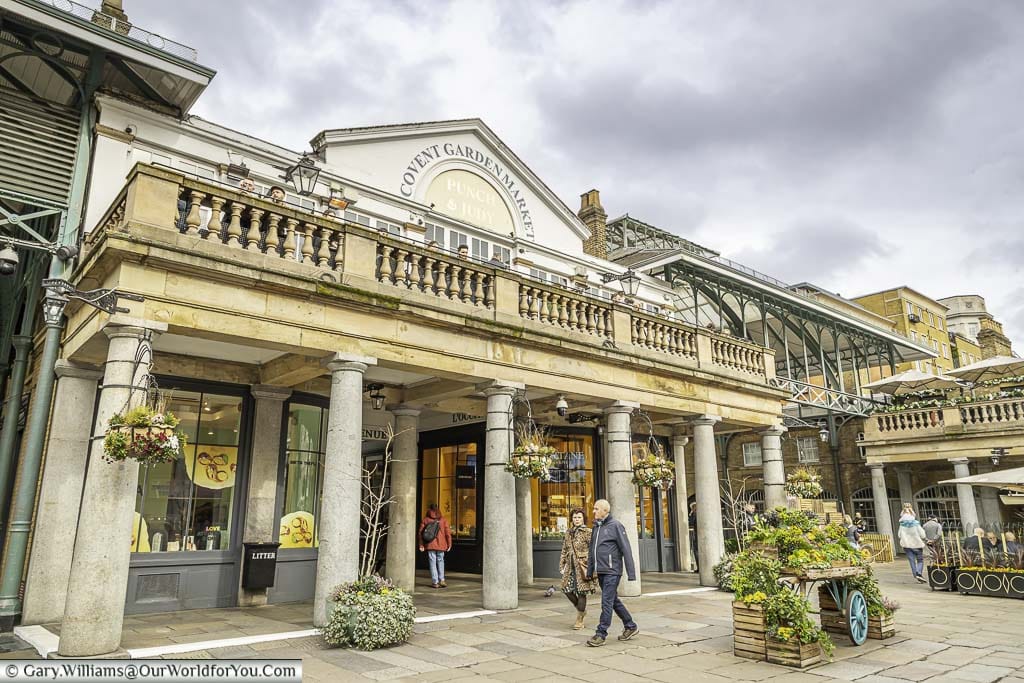
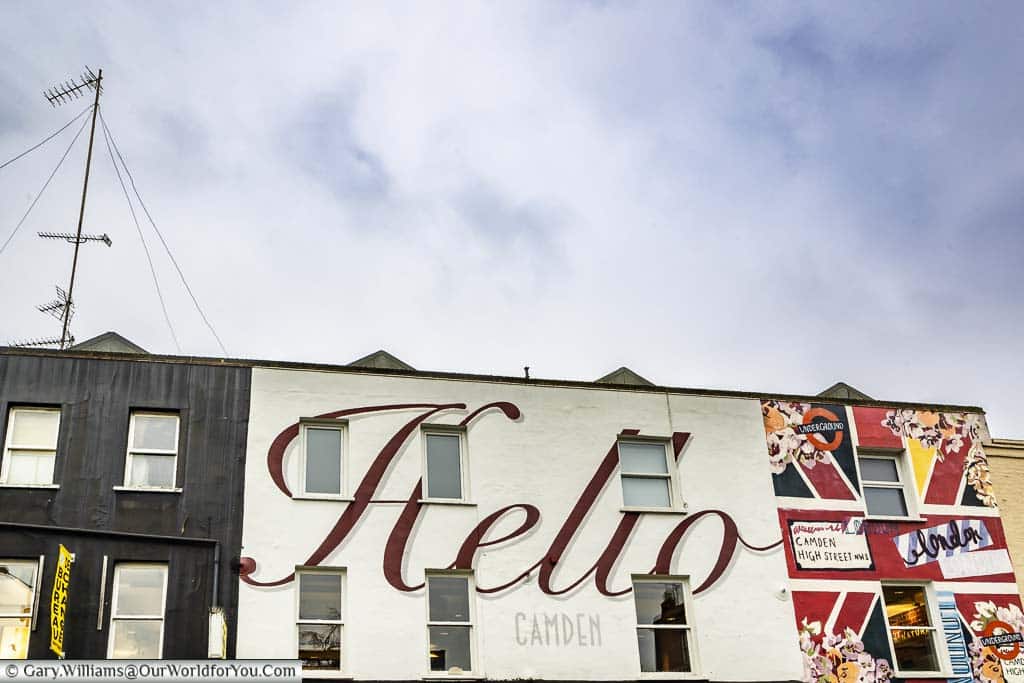

Who is Houghton Street WC2 named after
Hi,
Unfortunately I don’t know, do you have any insight, could it be relating to your name?